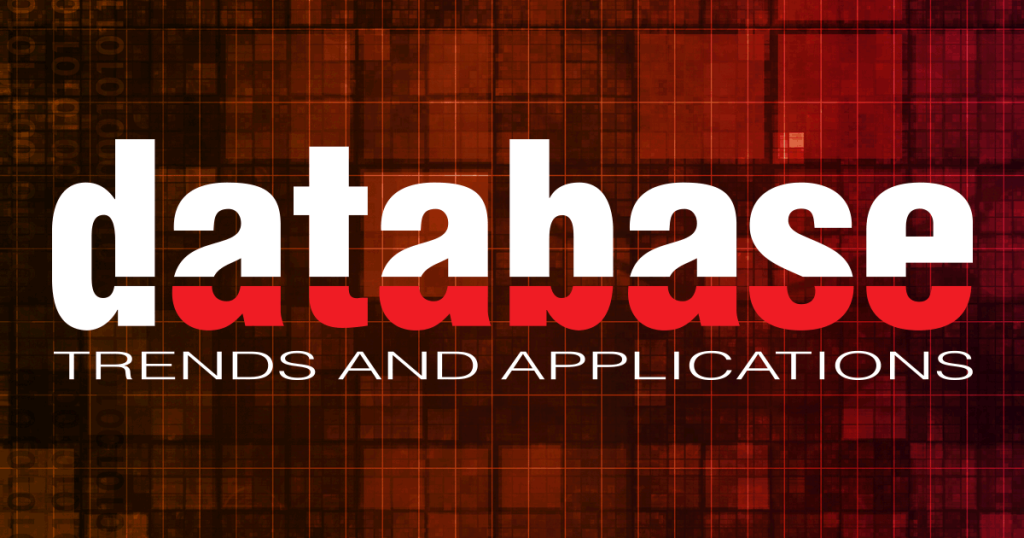With 2025 shaping to be the year of agentic AI, understanding its true utility, and present challenges, will drive its success. Pushing AI’s possibilities beyond simple automation and predictive analytics, agentic AI is poised to transform the next generation of business applications—and the comprehension of its nuances is fundamental.
Experts in agentic AI joined DBTA’s webinar, in partnership with Enterprise AI World, The Rise of Agentic AI: The New Era of Autonomous Intelligence, to discuss major advancements, concerns, and challenges regarding this next AI craze, offering solutions and best practices that will determine agentic AI’s success.
According to Jake Speyer, field CTO, Moveworks, generative AI (GenAI) is a paradigm-shifting technology but it’s only as valuable as its real-world application. The reality is, AI initiatives are failing, noted Speyer, and it’s largely due to its flippant adoption.
If the AI initiative being implemented is misaligned with the enterprise-wide strategy, comes with a lack of vision alignment across business and technology leaders, and is paired with inconsistent monitoring of outcomes, the enterprise will likely be better off without it.
Speyer introduced a framework designed to maximize value from agentic AI copilot by implementing an innovation flywheel at scale. This framework is shaped by three components:
Ideation: Opportunities for new copilot skills, plug-ins, resources (KBs, forms), etc., identified through copilot platform analytics and demand captured from LoBs, enterprise architectures, and end usersPrioritization: Prioritize capability development based on an assessment of the outcome that the capability will deliver, whether strategic, operational, and/or financial; and the level of effort (LoE) required to develop the capability, assessing across people, process, and technologyDelivery: Deliver new capabilities and optimize existing capabilities through a centralized or federated approach
William Von Alt, senior manager, presales – America, Camunda, explained that while agentic AI has been added atop various siloes to help automate the tasks within them, this ultimately leads to the creation of more siloes, compounding technical debt and decreasing visibility.
“As focus shifts now from generative AI capabilities to agentic AI to whatever’s next, organizations need the right process architecture to be ready for that ‘whatever’ is to come,” said Von Alt. “Agentic process orchestration doesn’t necessarily replace existing point solutions and AI automations, but by elevating the conversation to the end-to-end process level, it integrates them, and allows for the continuous adaptation of internal processes and innovation.”
Von Alt emphasized that agentic processes orchestration is crucial for agentic AI’s success, where “without process orchestration, the individual, fragmented processes and their automations lack the coordination, accountability, and reliability needed for real-world, business-critical processes.”
Agentic processes orchestration is a hybrid approach to orchestration, featuring aspects of both deterministic and non-deterministic methods—paired with a human-in-the-loop practice—that delivers a truly autonomous, in-the-flow AI agent. This integrated agent can determine the next best action, when and where it’s necessary, as well as define, ad-hoc, individual actions, or processes with guardrails still in place.
Examining agentic AI’s core function, Joshua Èrhardt, director, data and AI marketing, Informatica, explained that agentic AI “is a digital workforce…and an opportunity to revolutionize SaaS platforms” with its capacity to accelerate data management. And data is its fuel—comparing data and agentic AI to a car that needs fuel to run, the quality and quantity of data determines AI agents’ performance.
Ultimately, AI agents need powerful data to live up to their hype, said Èrhardt. This is cultivated through:
AI-ready data grounding agent reasoningUnified metadata across the organizationLeveraging existing investments such as mappings, business processes, and other assets within your agentsEnterprise-class security and governanceFull lifecycle management of agents, from deployment to debugging and observabilityA trustworthy agent framework that supports all major LLMs and standards (MCP, ACP, etc.)Democratized AI agent discovery and certification
According to Rahul Guha, vice president of product management, Aisera, agentic AI has risen in popularity due to the inefficiencies of traditional service delivery, which often leads to poor end-user experiences. AI agents’ value lies within its ability to orchestrate middle and back-office systems, streamlining end-user calls with greater efficiency, alleviating the stale decision trees burdening human workers.
Guha noted that enterprises need a system of agents, or a hierarchical set of agents working together to achieve agentic AI’s promised efficiencies. Orchestration of these agents is a necessary component, where a universal agent acts as an orchestrator for the system of agents employed by the organization. To prepare for a federated agent architecture, Guha emphasized that the IT team will need to put in place an information architecture blueprint from which the agents work from.
This is only a snippet of the full The Rise of Agentic AI: The New Era of Autonomous Intelligence webinar. For the full webinar, featuring more detailed explanations, a Q&A, and more, you can view an archived version of the webinar here.

